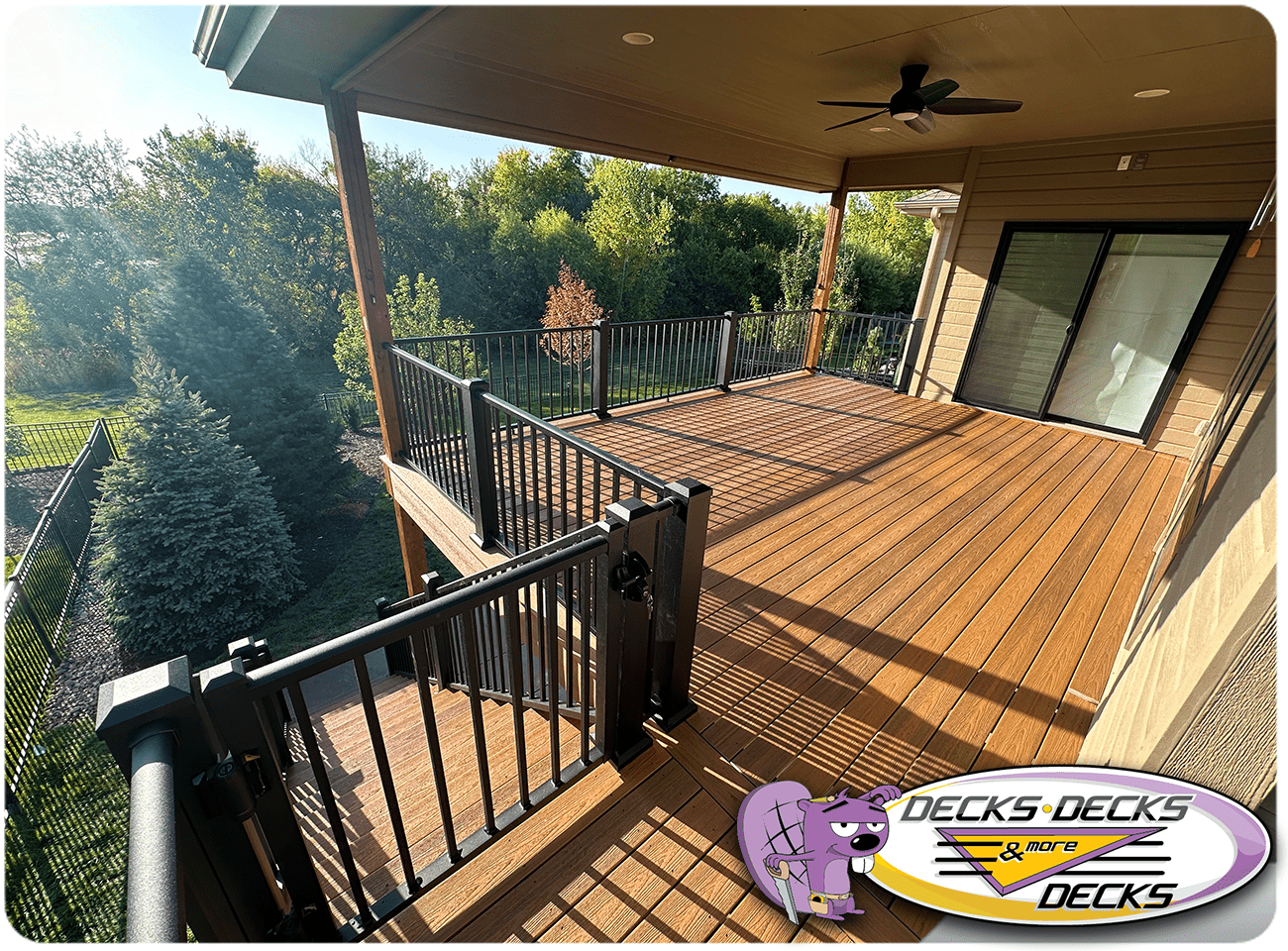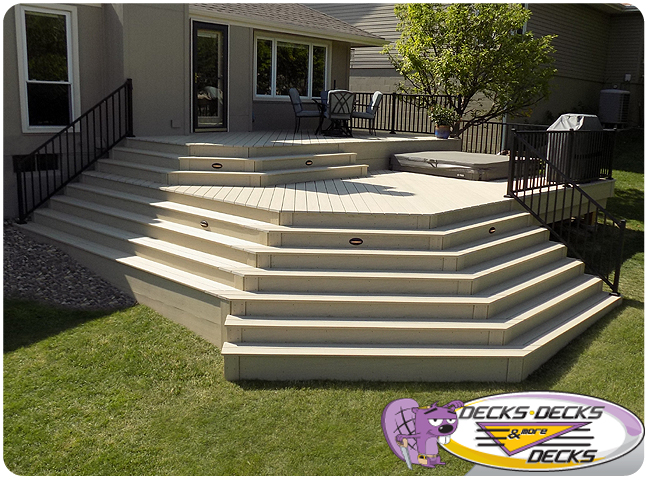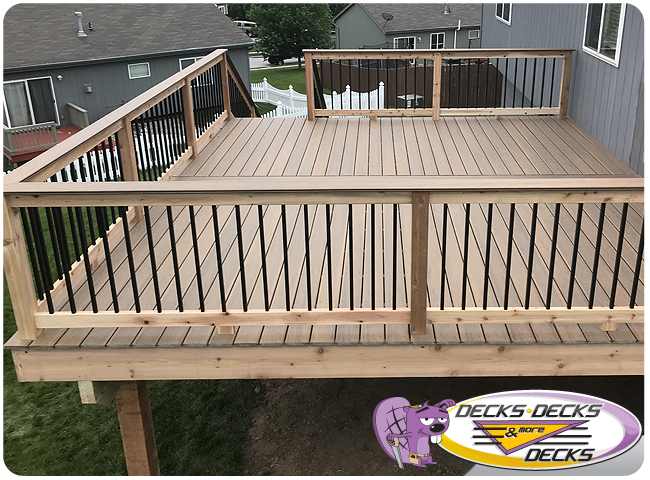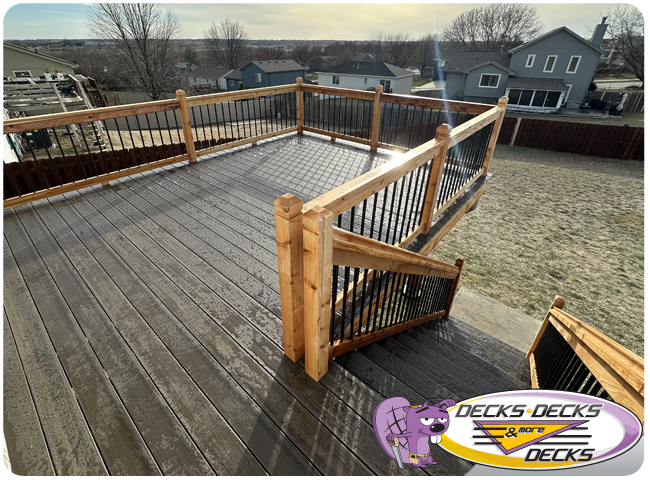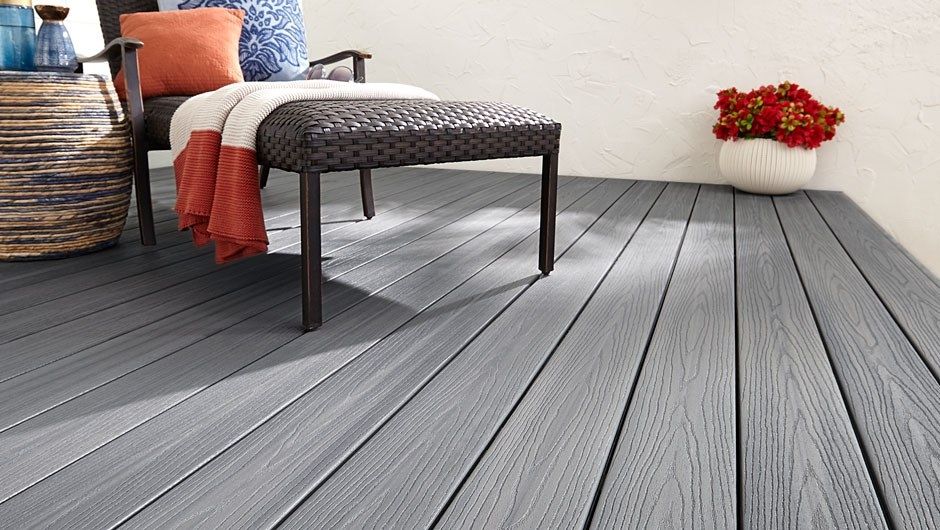Exploring Composite Decking: Benefits, Costs, and Aesthetics
Introduction
When considering building or upgrading a deck, one of the most important decisions homeowners face is choosing the right material. Among the various options available, composite decking has rapidly gained popularity, especially in areas like Omaha, where weather conditions can impact deck durability. From composite and wood decking options to the benefits and aesthetics of composite materials, this guide covers everything you need to know about composite decking.
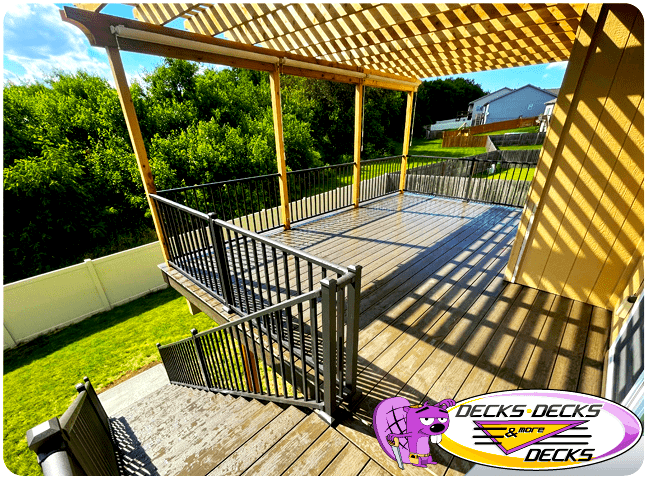
Composite Deck Benefits
One of the primary reasons why composite decking has become a favorite for homeowners is the wide array of benefits it offers. Compared to traditional wood decks, composite decking is highly durable. Thanks to its blend of wood fibers and plastic, composite decking durability ensures a longer lifespan, making it a smart investment for any homeowner. Another significant advantage is composite deck longevity. Composite decks are designed to resist common issues such as rotting, warping, and cracking that often plague wood decks. With proper care, a composite deck can last for decades, giving homeowners peace of mind.
Additionally, composite deck maintenance is much easier and more cost-effective than maintaining a traditional wood deck. While wood decks require regular staining, sealing, and even sanding, composite decks only need an occasional cleaning to keep them looking great. The minimal composite decking maintenance helps homeowners save time and money in the long run.
Aesthetics of Composite Decking
Not only is composite decking functional, but it also boasts impressive aesthetic appeal. Composite decking aesthetics have come a long way, and today, homeowners have a wide variety of composite deck colors and composite deck color choices to choose from. Whether you prefer the look of rich, earthy tones or sleek, modern grays, you can find a composite decking material that perfectly complements your home’s style.
What makes composite deck aesthetics even more appealing is that these colors don’t fade as quickly as traditional wood. The high-quality materials used in composite decks are engineered to withstand UV rays and harsh weather, so the composite decking colors remain vibrant for years. To enhance the look further, many homeowners opt for composite deck lighting, which creates a warm, inviting atmosphere for evening gatherings.
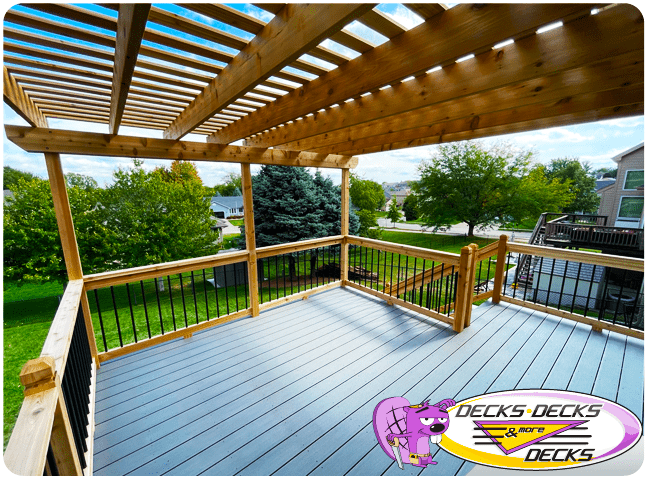
Cost and Installation
When it comes to cost, many homeowners are concerned that composite decking may be out of their budget. However, when you factor in the long-term savings from low maintenance and longevity, the composite decking cost becomes more reasonable. The composite vs. wood deck cost comparison reveals that while wood decks might be cheaper upfront, the ongoing costs of maintenance, repairs, and eventual replacement can add up quickly. Composite decking, on the other hand, requires less upkeep and lasts longer, making it a more cost-effective choice in the long run.
If you’re ready to invest in composite decking, it’s important to understand the installation process. Many contractors in Omaha offer composite deck installation services, but it’s essential to get a composite deck consultation beforehand to discuss your project goals, budget, and design preferences. During this consultation, you can also explore various composite decking options, ensuring you choose the best material for your needs.
Conclusion
In conclusion, composite decking advantages go beyond durability and low maintenance. The vast array of composite deck aesthetics, combined with the ease of installation and cost-effectiveness, make it an excellent choice for Omaha homeowners. With options like composite deck lighting and the diverse range of composite decking colors, you can create a stunning outdoor space that will last for years.
Click Here For More on Composite Decking
